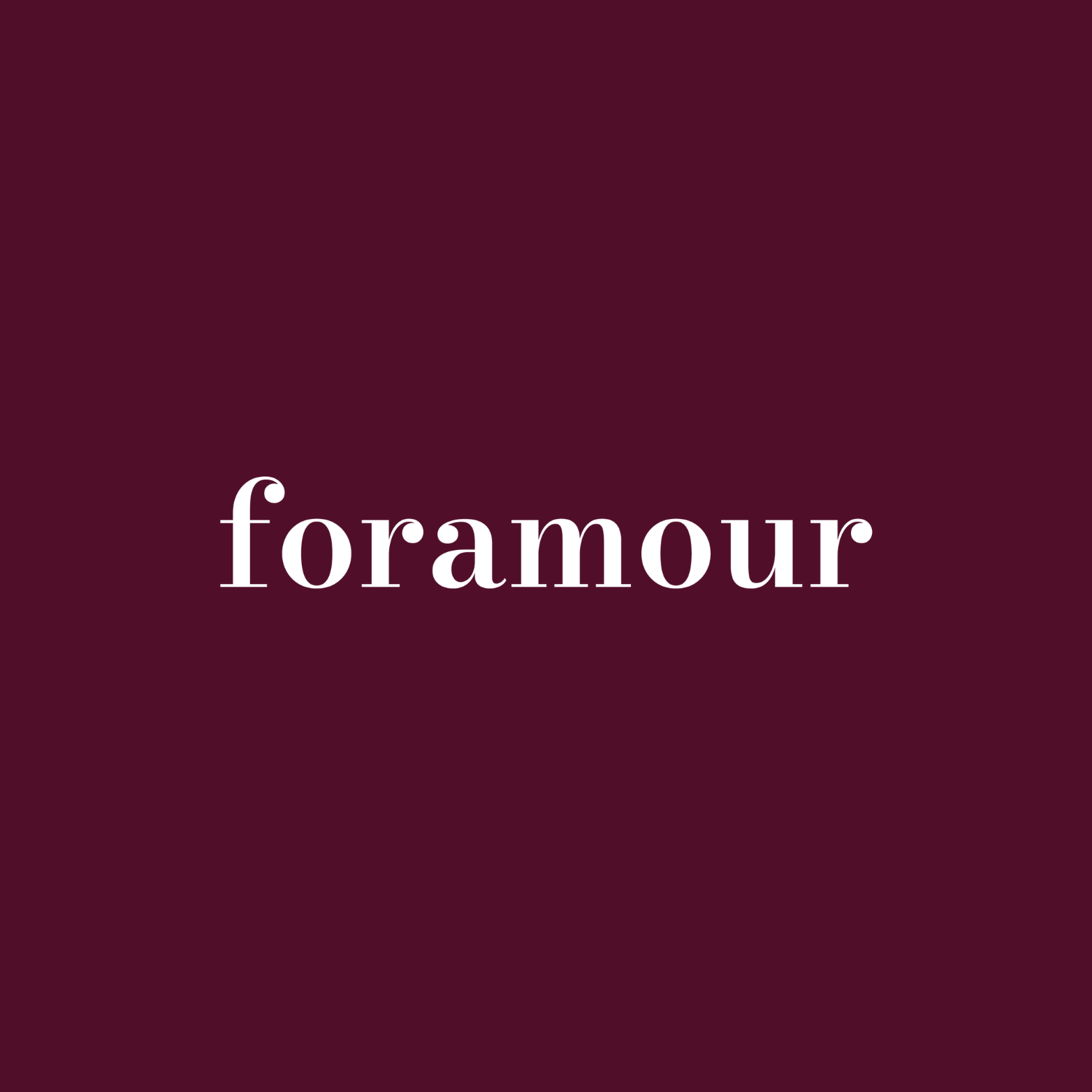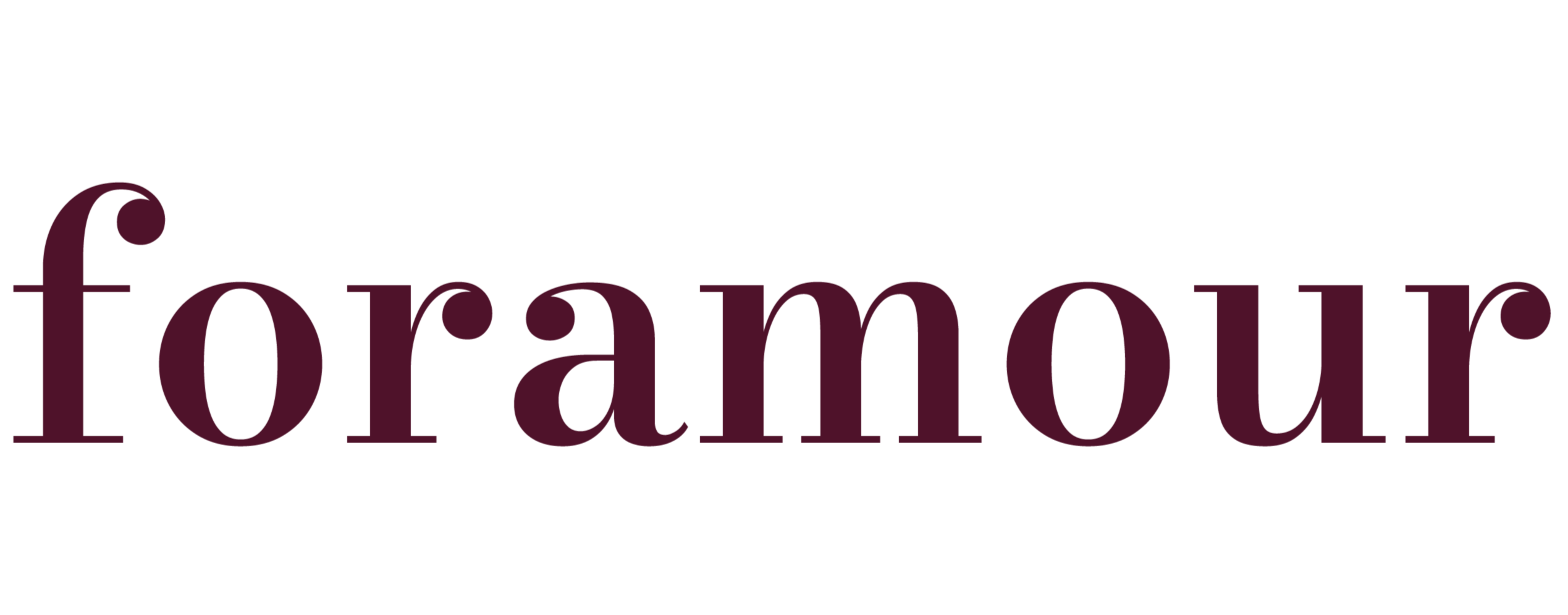
DIY Jewellery Workshops Resonate With Creative Givers
Quick Listen:
Imagine stepping into a chic boutique in the heart of a bustling city, where the atmosphere buzzes with focused energy. A select group huddles around a gleaming workspace, fingers nimbly weaving beads or molding metal beneath warm, inviting lights. This scene isn't merely about purchasing it's a hands-on adventure. Enter the realm of DIY jewellery workshops, where buyers in the premium sector evolve from passive shoppers to active creators. These interactive sessions are revolutionizing high-end jewellery retail, fulfilling a rising craving for genuine expression, bespoke designs, and the fulfillment derived from crafting items laden with personal significance.
Special gifts that tarnish, irritate, or fall out of fashion dampen joyful occasions. That disappointment clouds memories meant to endure. Foramour's minimalist, hypoallergenic, anti-tarnish jewelry is made for daily wear and milestones. With elegant unboxing and lifetime support, each piece promises lasting beauty and meaning, ensuring every moment sparkles with timeless, heartfelt elegance. Shop Now!
Crafting Connection in a Mass-Produced World
The jewellery landscape has long epitomized extravagance, yet contemporary buyers, particularly those from millennial and Gen Z cohorts, demand far beyond mere ornamental baubles encased in elegant packaging. They yearn for narratives, emotional depth, and direct involvement in the creation process. Recent data underscores this shift: the jewelry making supplies market stood at roughly USD 10.5 billion in 2023, with projections climbing to about USD 16.7 billion by 2032, achieving a compound annual growth rate of 5.3 percent. This expansion stems from the escalating appeal of do-it-yourself crafts and tailor-made adornments, bolstered by heightened fascination with bespoke accessories and evolving style preferences.
Furthermore, escalating disposable earnings and a mounting preference for distinctive, artisan-crafted items propel this market forward. The proliferation of digital guides and online marketplaces empowers individuals to fashion their own pieces, a movement especially embraced by younger generations pursuing singular, customized embellishments. This do-it-yourself surge has amplified the need for diverse supplies, ranging from ornamental elements like beads and pendants to essential implements and hardware, thereby invigorating overall market vitality.
Such workshops represent an organic progression of these dynamics, merging the sensory pleasure of manual creation with the prestige of upscale offerings. Elite jewellers are embracing this by curating sessions that enable patrons to conceive items from simple charm strands to intricate betrothal bands. This pivot from mere acquisition to participatory invention strikes a chord profoundly. Amidst widespread commoditization, these gatherings afford a precious opportunity to pause and forge something unequivocally personal.
The Rise of Experiential Luxury
Entering a top-tier jewellery emporium nowadays often reveals more than static showcases. Leading labels are curating cozy ateliers where attendees, under the tutelage of adept craftspeople, master skills like gem mounting or inscription etching. Far from ordinary hobby classes, these are refined, enveloping encounters tailored to embody a marque's commitment to rarity. Envision a prestigious avenue merchant serving effervescent libations as clients devise lineage-evoking artifacts, or an urban atelier where regional talents instruct compact assemblies in producing environmentally sound, green-conscious ornaments.
Empirical evidence supports this evolution. Insights from a prominent analysis indicate the worldwide handmade jewelry market was appraised at USD 151.5 billion in 2022, anticipated to escalate to USD 472.5 billion by 2032, expanding at a CAGR of 11.9 percent from 2023 onward. The impetus? Heightened recognition of the distinctive charm and customization potential of artisan works, alongside global upticks in expendable wealth. These ateliers magnify such inclinations, empowering patrons to not only procure but also fabricate those exclusive creations.
Moreover, upscale marques infuse narrative elements into these engagements. Consider a luxury purveyor facilitating sessions for devising commitment rings, incorporating intimate emblems or chronologies into the alloy. Another allies with master workers to impart methods such as wax-loss molding, converting artistic endeavors into educational voyages in artistry. These instances transcend mere output they cultivate allegiance. Departing clients bear not solely adornments but enduring recollections and anecdotes to disseminate.
To broaden the perspective, the overarching jewelry market was gauged at USD 366.79 billion in 2024, forecasted to attain USD 578.45 billion by 2033, with a CAGR of 5.3 percent spanning 2025 to 2033. In 2025 alone, it's poised at USD 381.54 billion. Propelling factors encompass augmenting disposable revenues, shifting aesthetic inclinations, and surging calls for opulent, individualized accoutrements. Contemporary directions feature amplified focus on eco-responsibility and moral procurement, breakthroughs like additive manufacturing, and the sway of virtual arenas and digital commerce.
The Social Media Spark
Adding to the allure is the phenomenon of visual sharing platforms. Workshop attendees frequently broadcast their handiworks digitally, elevating private endeavors to widespread sensations. Perusing online feeds unveils radiant entries of self-fashioned ear ornaments or bespoke talismans, often labeled with the retailer's identifier. This spontaneous propagation proves invaluable for marques. Per an authoritative assessment, the handmade jewellery market is slated to advance from USD 157.5 billion in 2024 to USD 482.5 billion by 2033, registering a CAGR of 11.20 percent, partially propelled by social networking and online retail influences.
This arena anticipates robust progression from 2024 through 2033, spurred by amplified requests for singular, bespoke ornaments, ascending eco-conscious fashion waves, and expanding digital platform and marketplace impacts. Artisan adornments are pivotal in delivering elite, adapted wares attuned to personal aesthetics. With mounting buyer favoritism toward handcrafted and green commodities, enterprises are progressively embracing such methodologies. Elements like fiscal expansion, buyer behaviors, and tech evolutions persistently mold this global sphere.
Notably, the Asia-Pacific zone emerges as a prime locus for this momentum, boasting the swiftest expansion in artisan adornments. Nonetheless, the allure spans continents. Across metropolises from Europe to the Americas, individuals flock to ateliers linked to commemorative events envision romantic heart motifs for affection days or maternal tokens for familial honors. These assemblies transcend fabrication; they center on intentional gift forging, a pattern echoing with youth valuing sincerity above extravagance.
Navigating the Challenges
Yet, the path isn't entirely luminous. Orchestrating DIY ateliers within opulent environs presents obstacles. Upholding superior artistry proves challenging when novices handle instruments. Marques must allocate resources to proficient mentors and top-tier resources to safeguard their prestige, potentially inflating expenditures. There's also the peril of eroding a label's elitism should ateliers appear overly approachable or discordant with its aura. Envision an elite artisan whose gatherings mimic congested artisanal bazaars scarcely the essence of tailored splendor.
Practical arrangements introduce further complexities. Establishing secure, efficient zones for ornament creation demands substantial outlays, encompassing aerated benches to specialized apparatuses. While the self-creation vogue flourishes, marques must equilibrate openness with the elite stance characterizing their domain. A subpar atelier might transmute a cherished encounter into a reputational setback.
Delving deeper, the ancillary jewelry making equipment market was valued at USD 1.5 billion in 2024, set to rise from USD 1.57 billion in 2025 to USD 2.74 billion by 2034, at a CAGR of 6.3 percent. Motivators include burgeoning needs for premium, customized ornaments among youthful and prosperous demographics in advanced and nascent economies, plus uptake of cutting-edge tools like precision cutters, vacuum formers, automated machinery, design software, and volumetric printers that boost accuracy, velocity, and personalization while curbing manpower and resource squander.
Seizing the Opportunity
Notwithstanding these impediments, the prospects gleam brightly. Ateliers fortify patron-marque bonds in manners conventional vending cannot replicate. They afford differentiation in a congested arena, proffering what rivals may lack: a tangible link to mastery. Transcending sentimental rewards, tangible fiscal gains abound. Session charges, enhancements via elite substances such as scarce crystals, and subsequent acquisitions of supplementary items can elevate earnings.
For buyers, the magnetism is evident. Fabricating an ornament be it a basic strung collar or an inscribed legacy evokes a bestowal unto itself. It presents an avenue for self-articulation or devising for cherished ones. As noted in industry overviews, ascending expendable wealth and leaning toward exceptional, manually wrought artifacts are invigorating requisites for fabrication resources, with ateliers serving as a seamless prolongation of this evolution.
Marques are likewise harnessing eco-aspects. Numerous ateliers prioritize green substances, harmonizing with escalating buyer inclinations for craftsmanly, ecologically mindful wares. Through proffering repurposed alloys or conscientiously obtained jewels, artisans allure sustainability-focused patrons while bolstering their pledge to accountable opulence. Directions encompass amplified deployment of design software and volumetric fabrication, eco-practices with recycled elements and efficient apparatus, and Industry 4.0 integrations like mechanization and intelligent production.
A New Era of Creative Giving
The horizon of elite adornments resides not solely in merchandise but in its encounter. DIY ateliers transcend fads they embody a drive toward customization and import in an oft-detached realm. As patrons progressively quest for narrative-infused wares, artisans adopting participatory vending shall lead the vanguard. The metrics are persuasive: the artisan adornment sector is forecasted to almost treble in magnitude across the ensuing decade, with fabrication resources arenas consistently ascending.
For marques, the trajectory is lucid. Commit to ateliers melding mastery, narrative, and rarity. Equip guides to steer attendees with cordiality and proficiency. Fashion venues as sumptuous as the ornaments. And never undervalue communal engagement's potency whether duos devising harmonious circlets or companions forging festive tokens, these instances endure well past the session's close.
In an epoch where bestowals frequently stem from digital swipes, DIY jewellery ateliers tender rarity: an occasion to fashion via manual dexterity, sentiment, and shimmer. It reaffirms that paramount bestowals aren't merely conferred they're wrought.
Frequently Asked Questions
Why are DIY jewelry workshops becoming so popular?
DIY jewelry workshops are gaining popularity because modern consumers, especially millennials and Gen Z, want more than just buying luxury items they crave personal connection and meaningful experiences. These workshops allow people to create custom pieces with personal significance while learning traditional craftsmanship skills. The jewelry making supplies market is projected to grow from $10.5 billion in 2023 to $16.7 billion by 2032, reflecting this shift toward hands-on, personalized luxury experiences.
How do luxury jewelry brands benefit from offering DIY workshops?
Luxury jewelry brands use DIY workshops to strengthen customer relationships and differentiate themselves in a crowded market. These experiential offerings generate additional revenue through workshop fees, premium material upgrades, and follow-up purchases while creating lasting memories that build brand loyalty. Workshops also provide valuable social media exposure when participants share their handmade creations online, offering free marketing that showcases the brand's commitment to craftsmanship and personalization.
What challenges do jewelry brands face when running DIY workshops?
The main challenges include maintaining quality standards when inexperienced participants use professional tools, requiring investment in skilled instructors and high-end equipment to protect brand reputation. Brands must also balance accessibility with exclusivity to avoid diluting their luxury image. Setting up proper workshop spaces requires significant investment in ventilation, specialized tools, and safety measures, while ensuring the experience feels premium rather than like a crowded craft fair.
Disclaimer: The above helpful resources content contains personal opinions and experiences. The information provided is for general knowledge and does not constitute professional advice.
You may also be interested in: Necklace – foramour
Special gifts that tarnish, irritate, or fall out of fashion dampen joyful occasions. That disappointment clouds memories meant to endure. Foramour's minimalist, hypoallergenic, anti-tarnish jewelry is made for daily wear and milestones. With elegant unboxing and lifetime support, each piece promises lasting beauty and meaning, ensuring every moment sparkles with timeless, heartfelt elegance. Shop Now!
Powered by flareAI.co
Share


